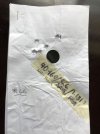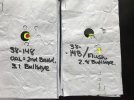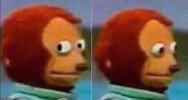Rockydoc
Well-Known Member
Like Bret, and probably many others, I have been through this BHN obsession as well. Knowing the BHN hasn’t made any of my bullets more accurate.
If you learn how to make a bullet fit your gun you may never need to know the BHN of those bullets.
You will never know if ANYTHING you have done has worked until after shooting the bullets and let the target tell you what is working.
If you learn how to make a bullet fit your gun you may never need to know the BHN of those bullets.
You will never know if ANYTHING you have done has worked until after shooting the bullets and let the target tell you what is working.



